10% Off Septic Tank Repair
10% Off Septic Tank Repair
Dirty job? Clean solution. Always on time. Always done right.
10% Off Septic Tank Repair
10% Off Septic Tank Repair
Dirty job? Clean solution. Always on time. Always done right.
If you own or rent a home anywhere in the Orlando area, chances are you’ve come across the term “septic system.” For many Florida homes, it’s just part of daily life. Knowing how your system works and what it needs can save you from repairs and stressful emergencies down the road. Most septic issues come from not knowing what’s happening underground. A little understanding goes a long way toward keeping things running as they should. This guide walks through the basics so you can be confident about caring for your system.
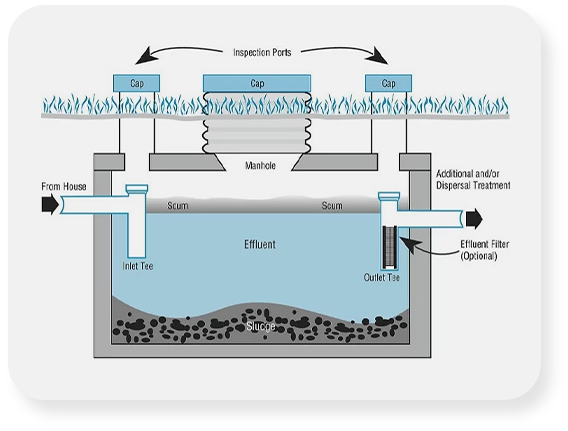
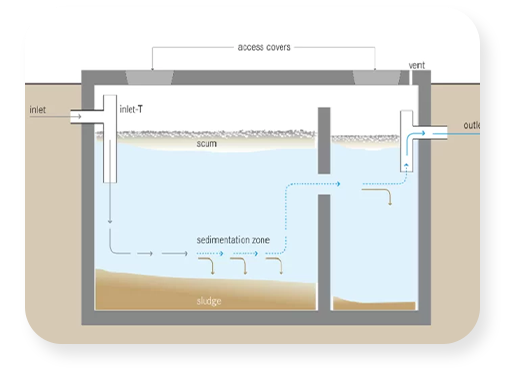
The septic tank is the heart of your system. It’s a buried, watertight container designed to hold and treat the wastewater that leaves your home. Inside, natural separation takes place as solids sink to the bottom, grease and lighter materials rise to the top, and the liquid in the middle moves on for further treatment. A healthy tank should do its job for years without worry, but it does need attention from time to time. Solids can build up and reduce capacity. When that happens, wastewater will back up or push into the drain field too quickly. The simple fix is routine pumping and inspection. Most households do well with a schedule every two to four years, depending on family size and water use. During a setptic pumping visit in Orlando, FL, technicians remove built-up solids, rinse the tank, and check critical parts like baffles, lids, and inlet and outlet pipes.
After wastewater leaves the tank, it moves into the drain field for final treatment. The liquid flows through a network of underground pipes set in gravel or sand, where the soil filters and cleans the water before it seeps back into the ground. When the system is in good condition, the entire process happens quietly underground without any sign above the surface. The soil does the work naturally by breaking down any remaining contaminants. Trouble starts when too much water, grease, or solids enter the field. That can clog the pipes and cause wet patches or odors on the surface. The layout and size of a drain field depend on your property’s soil type and slope. In the sandy soils common to the area, proper installation and good water habits keep the system balanced. Using water efficiently and spacing out laundry loads gives the drain field time to rest between cycles.
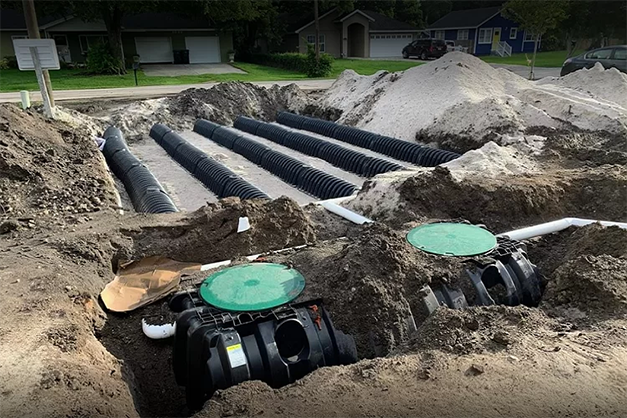

In some parts of Florida, the water table sits close to the surface, or the soil doesn’t drain well. A mound system works like a raised version of a traditional drain field, but it's engineered to handle difficult soil conditions safely. Wastewater flows from your house into the septic tank, where solids settle. The partially treated water moves into a dosing chamber that releases it in measured amounts into the mound. The mound itself is built with layers of sand and gravel at different depths that allow bacteria and soil to filter the water naturally as it seeps down. Although a mound system looks different from a standard setup, it still provides effective wastewater treatment that protects your land and groundwater. Keeping the mound clear of heavy traffic and deep-rooted plants is an important part of maintaining it.
Some properties sit lower than the main sewer line or the drain field. In those cases, gravity alone can’t move wastewater where it needs to go. A lift station uses pumps, sensors, and a control panel to move wastewater from a lower elevation to a higher one. The system includes a wet well, pumps, valves, and alarms that alert you if something goes wrong. Proper maintenance keeps the pumps clean and prevents buildup that can lead to clogs or overflow. Lift stations are especially common on sloped lots or properties connecting to municipal systems where deep excavation would be expensive.
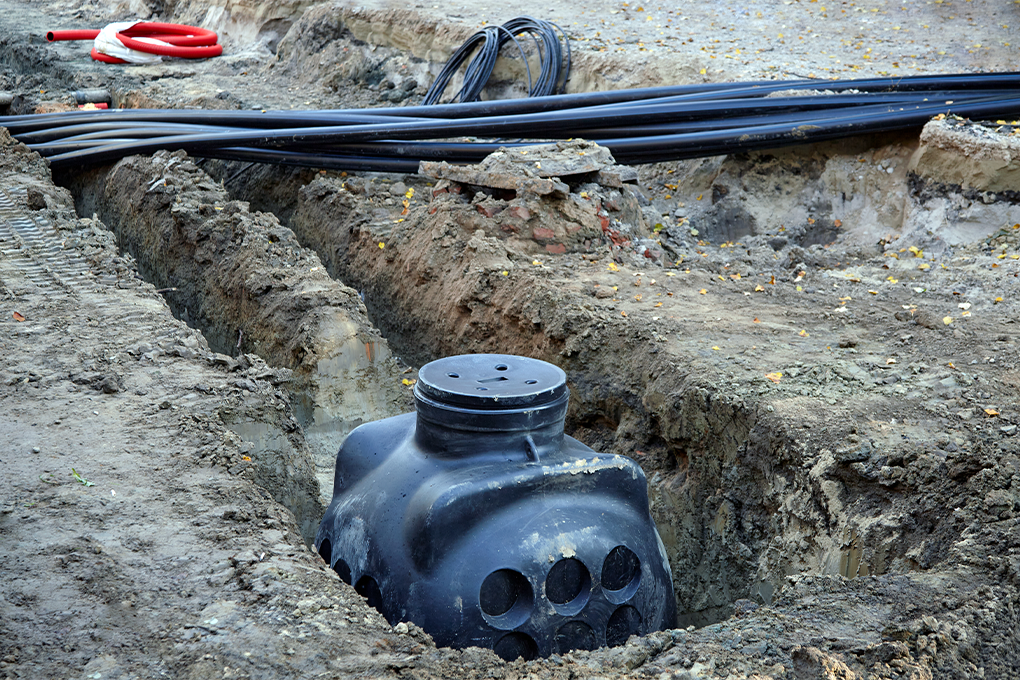
In most homes, all wastewater flows through one main drain into the septic tank. Tanks are commonly made of concrete, fiberglass, or heavy plastic and hold around a thousand gallons for an average three- or four-bedroom home. A septic tank depends on gravity and a basic layout to separate waste. The inlet pipe is placed above the outlet, which allows fresh wastewater to move treated liquid toward the next stage. A baffle inside the tank stops solids from drifting forward. The outlet tee serves as the final barrier and sends only liquid effluent to the drain field. Field lines extend from the tank in shallow trenches filled with gravel or sand. This network spreads the water evenly underground, where soil microbes complete the cleaning process. The result is safe, clear water returning to the ground.
Every septic system eventually needs a pump out. It’s the most common service, and one of the most important. A pump-out removes the accumulated solids from the tank so wastewater can move freely again. Ignoring this task can lead to backups inside the house or waste surfacing in the yard. When professionals perform a pump out, they also inspect the tank and field connections, and check for cracks, corrosion, or signs of overload. Pump outs keep your system efficient and help spot issues before they turn into serious problems. Keeping a record of when the tank was last serviced makes scheduling easy.
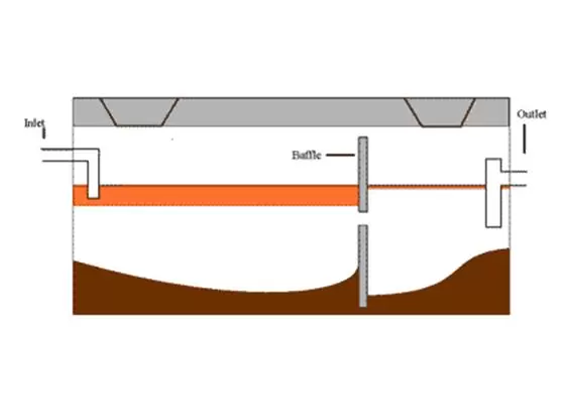
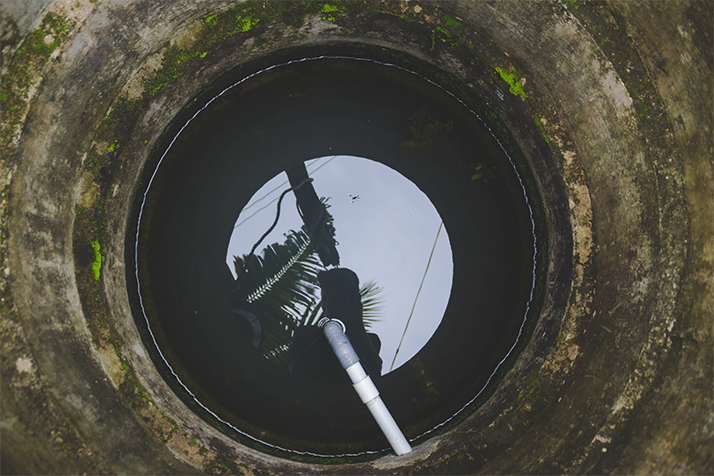
No matter the setup, all wastewater systems share the same basic goals:
A septic system achieves all three using simple natural processes. It separates solids, allows bacteria to break down waste, and filters the remaining water through soil. Maintaining balance is important. Too much water, too little bacterial activity, or a neglected tank can throw off the entire process. Inspections keep that balance in check and make sure your system continues to do its unseen work below.
Your septic system works hard every day to protect your home and the environment. With a little routine care, it can last for decades. If you’re unsure when your last inspection or pump out took place, it’s time to schedule one. A quick visit from a professional will make sure your tank, pipes, and drain field are in good shape and ready for the next few years of service.